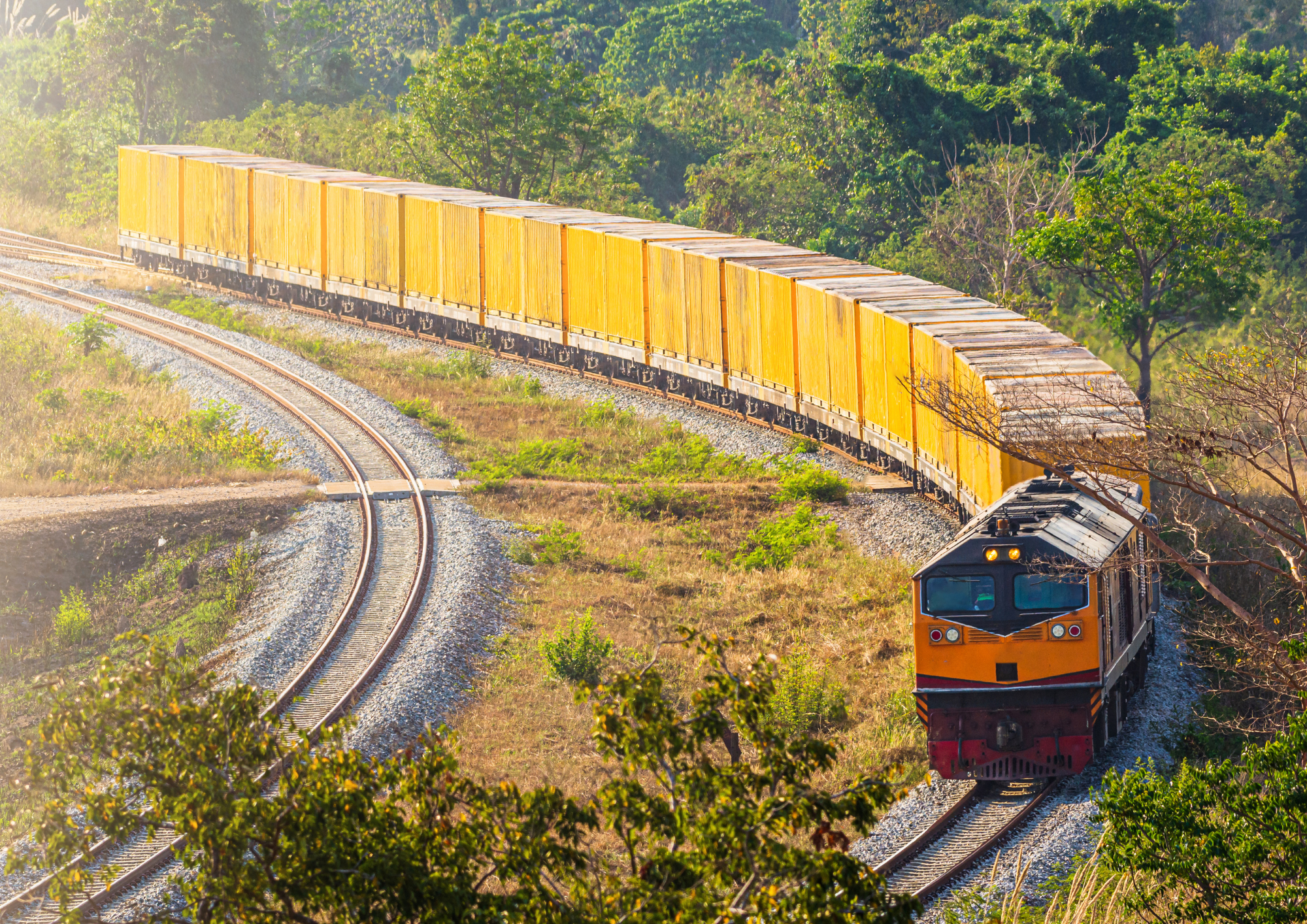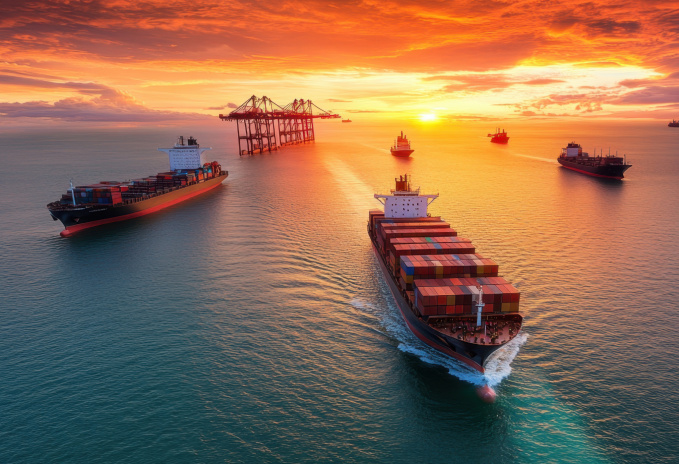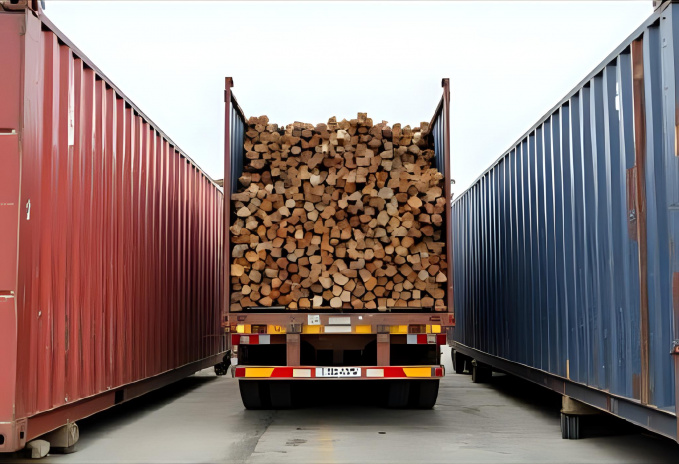CBAM a ICS2: Logistics news for the end of the summer holidays

The holidays and the silly season are slowly coming to an end. We will bid them farewell with news from the world of logistics. This time, we will not be writing about tariffs, even though an agreement has been reached between the EU and the US, which is good news, because uncertainty is the worst thing for business. Nor will we speculate on whether ships will return to Suez. Whenever it seems that things are about to change, the situation in the Middle East takes a turn for the worse, and nothing could be further from a return to the old logistics waters. We will not write about the continuing bleak situation in European ports either, as we would be repeating ourselves and the situation has not changed since the last newsletter.
CBAM - WHAT ELSE AWAITS US
CBAM is slowly but surely moving into the next phase. This is the end of the transition period and the start of the live period from January 1, 2026.
What are the key CBAM terms and the most important steps to take?
It can be said that the most critical first step is to apply for Authorized Declarant status. This designation is intended for importers and indirect customs representatives who import goods covered by CBAM in quantities exceeding 50 tons per year. This status will be mandatory from 2026, and without it, imports will be subject to penalties and may even be stopped if authorization is not granted.
National competent authorities have 120 days to assess the application, with the possibility of an extension of another 30 days if other institutions, such as tax or financial authorities, are involved in the process. This clearly requires a proactive approach on the part of importers and indirect representatives.
Another key date is January 1, 2026, when all CBAM imports (over 50 tons per year) entering the EU will be subject to a CBAM fee.
How can companies currently estimate the financial impact, and what are the future predictions?
Getting a quick overview of costs based solely on imported goods has proven to be very difficult. CBAM introduces a compensation mechanism based on net weight (in tons) multiplied by the amount of CO₂ embedded in the product (per ton). However, there is an important exception: it is not necessary to pay for all emissions, but only for the difference between the emissions of a comparable product manufactured in the EU (the so-called CBAM benchmark) and the actual emissions of the imported goods.
Accurate emissions data, along with other information about the production process, must be obtained from the supply chain—this is what makes CBAM complex. Only with this data can a reasonable estimate be made of how much CO₂ will need to be offset.
Another option is to use default values, which represent global average emissions (and later regional emissions) according to customs code (CN code). These averages can therefore be used instead of actual emissions. The problem is that the default values for the sharp period from 2026 have not yet been published. Their publication is expected at the end of the year.
Similarly, CBAM benchmarks have not yet been officially confirmed. Although the International Association for Carbon Border Adjustment Mechanisms (CBAM) has published preliminary estimates, the official EU position is still awaited.
Once the amount of CO₂ to be paid is known, it is multiplied by the price of the CBAM certificate. This price is linked to the EU ETS (Emissions Trading System), i.e., a commodity market with fluctuating prices. The market is very uncertain and volatile. Our initial estimates show that CBAM fees could range between €50 and €100 per ton of material for iron and steel – which are significant amounts, considering the price of these commodities.
What are the biggest challenges for companies already working with CBAM?
If you had asked a year ago, the main challenge would have been cooperation with suppliers. Today, however, we are in a new phase—and the biggest problem now is uncertainty in the area of prices and the inabilityt to determine them accurately in advance.
And how can we help you?
Here you will find instructions on how to apply for CBAM authorized declarant status.
ICS 2 - NOW ALSO RAIL TRANSPORT
On September 1, 2025, a new European Union regulation will come into effect – Import Control System 2 (ICS2). This system introduces the obligation to provide EU customs authorities with detailed information about shipments before they arrive in the EU. ICS2 now also applies to rail transport from China (both LCL and FCL).
What this means for you:
-
EORI number – As the recipient of goods in the EU, you must have a valid EORI number and provide it when ordering transport, as we must submit it to the rail operator.
-
Correct HS code and description of goods. It is necessary to provide the correct 6-digit European HS code and an accurate description of the goods that corresponds to the product name when ordering transport. The description must be complete and accurate in order to comply with the EU customs tariff.
-
We need this information from you when you order transport so that the train operator can enter it into the ICS2 system before transport begins. Without this information, it will not be possible to clear the shipment and there may be delays or detention at the EU border.
The EORI code must be registered and obtained in the EU customs system before September 1, 2025. With the official launch of the ICS2 system, EU customs authorities will also tighten requirements for HS code verification for goods entering the EU by rail and road. The description of goods according to the HS code must be complete, consistent with the product name, and the Chinese and English versions must match.




